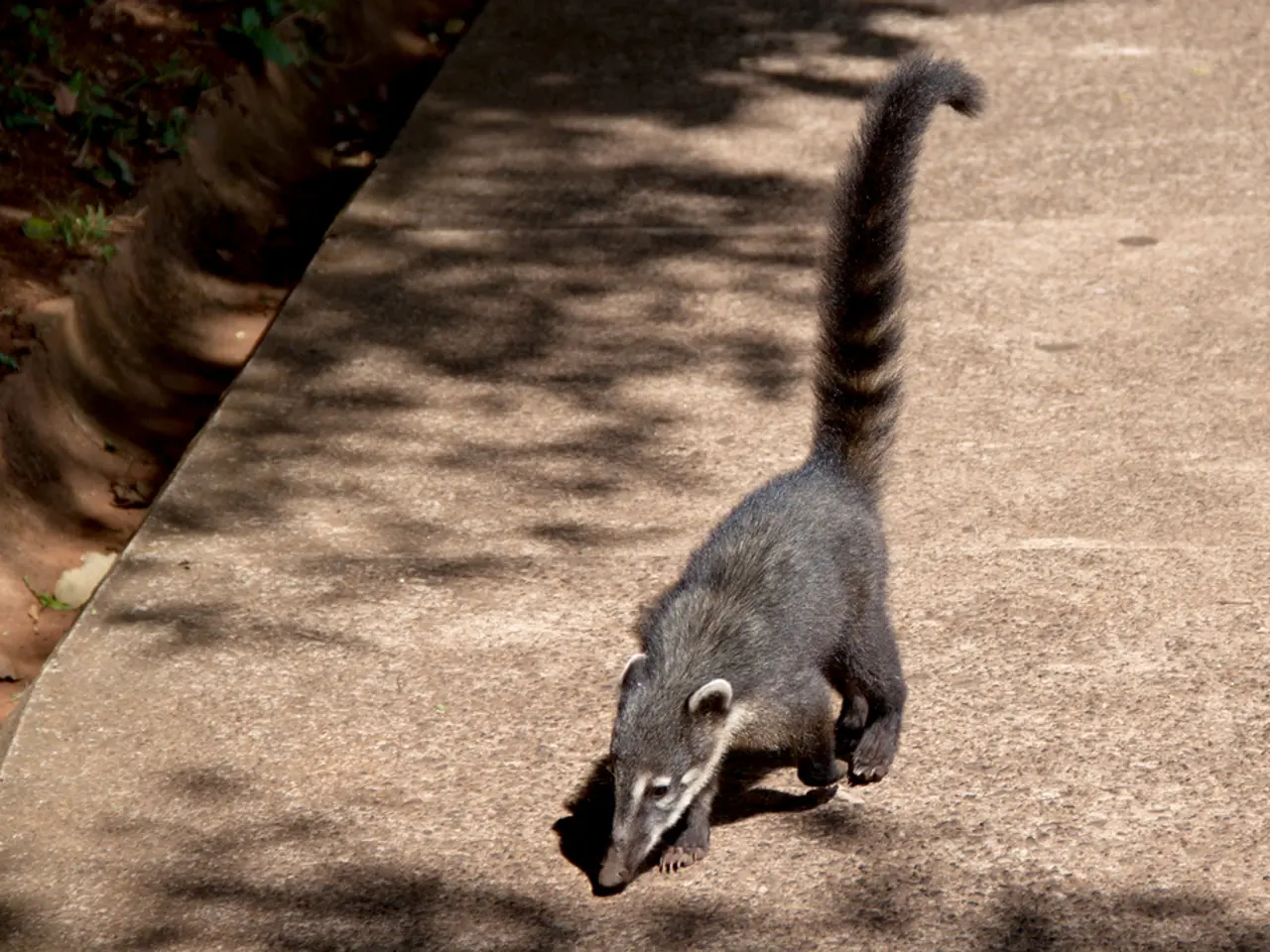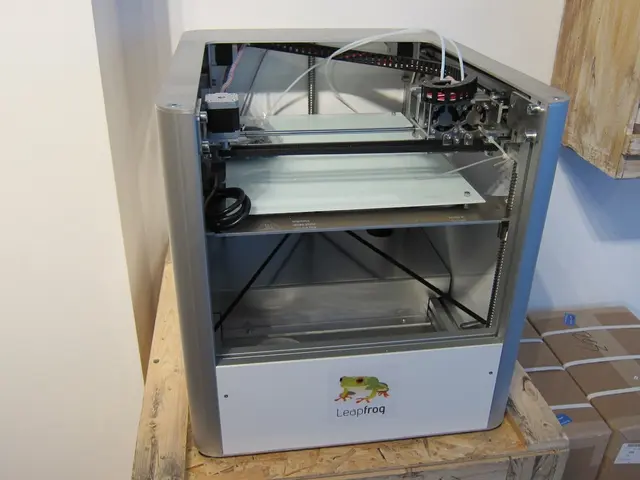Mastering Poison Ivy Management: A Step-by-Step Guide
In a bid to manage the unwanted growth of poison ivy (Toxicodendron radicans) in gardens and along fence lines, several methods have been recommended, each with its own set of precautions and disposal techniques.
**Methods to Remove Poison Ivy**
1. **Manual Extraction**: This method involves digging out the entire plant, including roots, using a spade, shovel, or trowel. Protective clothing, including long sleeves, long pants, waterproof gloves, and eye protection, is essential to avoid contact with the plant's irritating oil.
2. **Herbicide Use**: Herbicides are considered the most effective and fastest way to permanently eliminate poison ivy. Products containing active ingredients like triclopyr, glyphosate, or 3-way herbicides with dicamba, mecoprop, and 2,4-D amine are recommended. Always follow label instructions carefully when applying herbicides.
3. **Smothering (Suffocating)**: Covering poison ivy patches with thick layers of cardboard, newspaper, or plastic, followed by mulch or soil, can starve the plant and eventually kill it. Seal edges well and weigh down to prevent light entry.
4. **Boiling Water**: Pouring boiling water directly onto the leaves and roots of small poison ivy clumps or single vines can kill some aboveground growth but often doesn't kill roots, causing regrowth.
5. **Vinegar Solution**: A homemade concoction of one gallon vinegar mixed with one tablespoon liquid dish detergent sprayed on leaves can help. However, this method is less effective on roots and usually requires repeated applications after rain events.
6. **Goat Grazing**: Borrowing goats to graze on poison ivy can be an eco-friendly control method, as goats consume the plant without harm and can help contain its spread.
**Precautions When Handling Poison Ivy**
- Always wear protective clothing, avoid touching your face or exposed skin when working near poison ivy, wash clothing thoroughly after contact, and never burn poison ivy.
**Disposal Instructions**
- Place all removed poison ivy plants, including roots, into sealed plastic bags and dispose of them with regular trash. Do not compost or discard in yard waste.
By combining careful manual removal or herbicide application with proper safety gear and thorough disposal, poison ivy can be effectively controlled and eventually eradicated from gardens and fence lines. It's important to remember that only small poison ivy plants should be dug or pulled, and larger plants may require specialized herbicides.
[1] University of California Agriculture and Natural Resources. (2021). Poison Ivy. Retrieved from [2] Texas A&M AgriLife Extension Service. (2021). Poison Ivy. Retrieved from [3] Michigan State University Extension. (2021). Poison Ivy. Retrieved from
In the realm of environmental-science, managing poison ivy in home-and-garden settings, particularly in lawns and landscapes, is a common challenge. Various methods exist for removing this unwanted plant, such as manual extraction, herbicide use, smothering, boiling water, vinegar solution, or even goat grazing. Each method has its own precautions and disposal techniques, emphasizing the importance of safety and proper handling (lifestyle). When removing poison ivy, always ensure to wear protective clothing and avoid touching your face or exposed skin. After removal, seal the plants in plastic bags and dispose of them with regular trash, never composting or discarding in yard waste (science). By following these guidelines, homeowners can successfully control and eradicate poison ivy, enhancing the overall health and beauty of their gardens.




